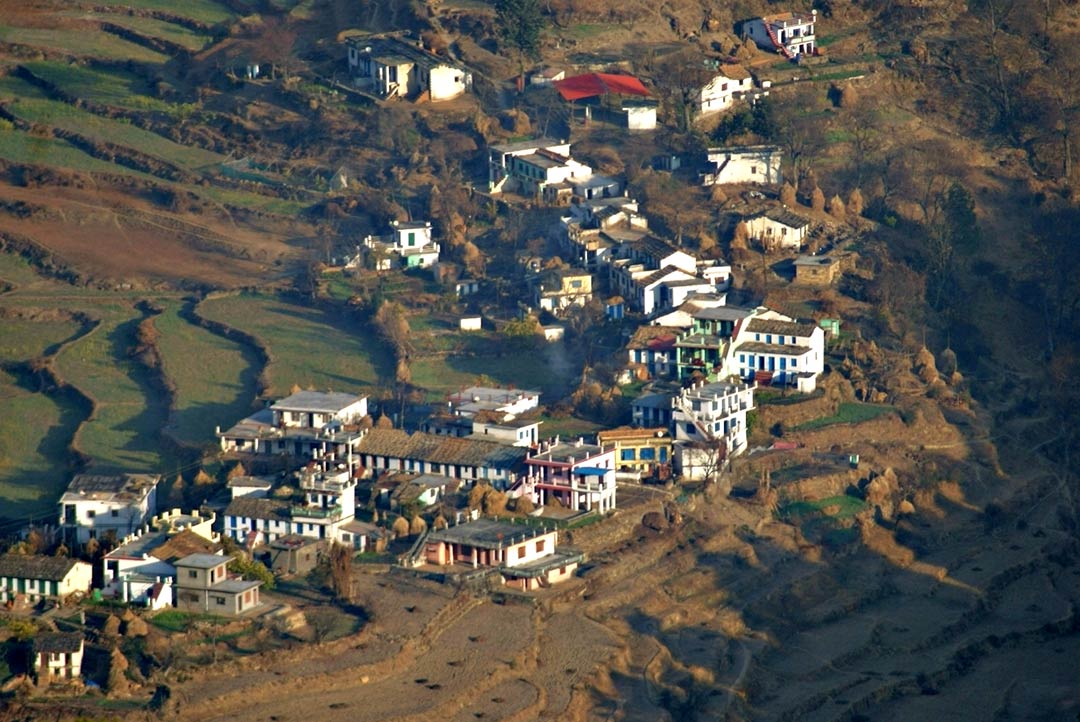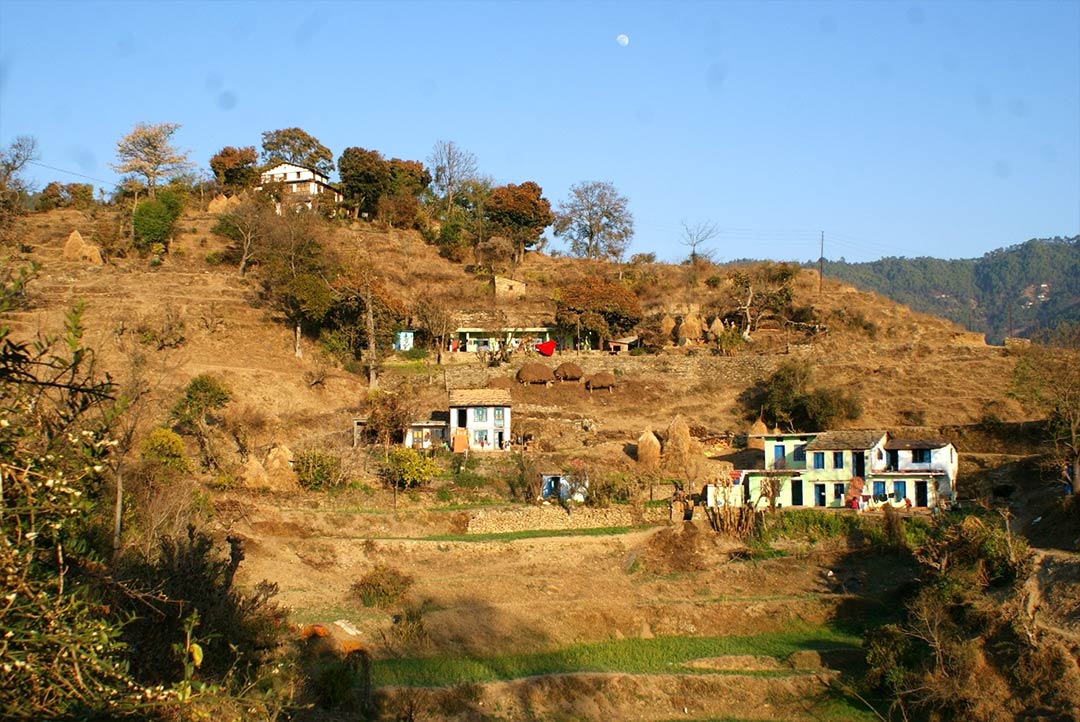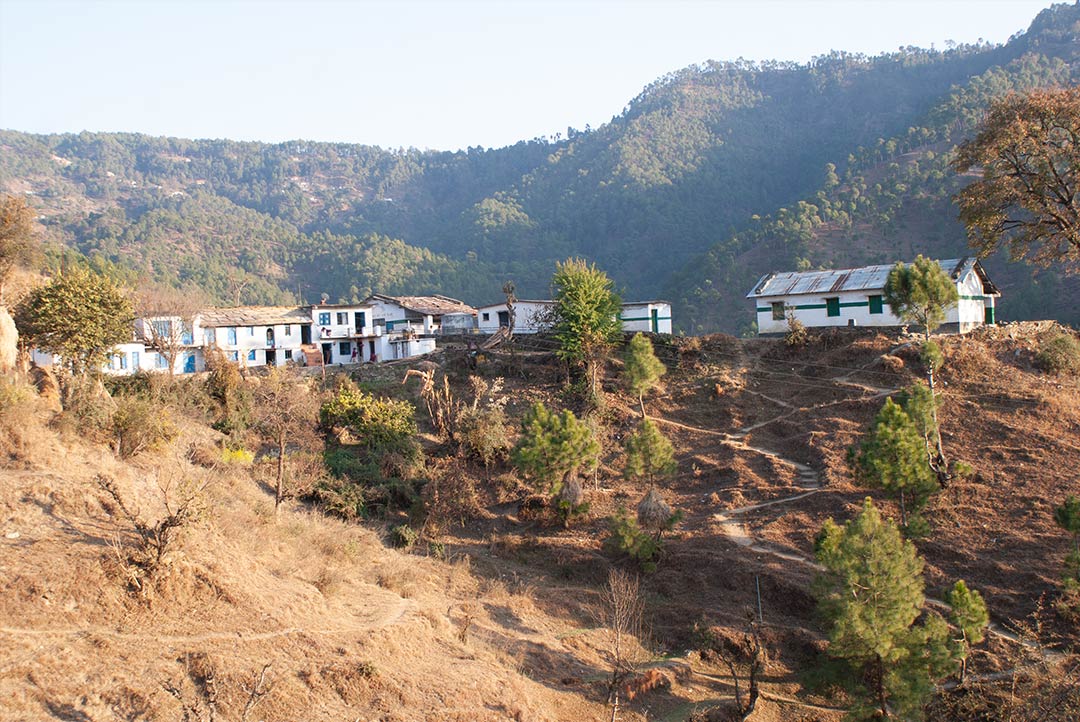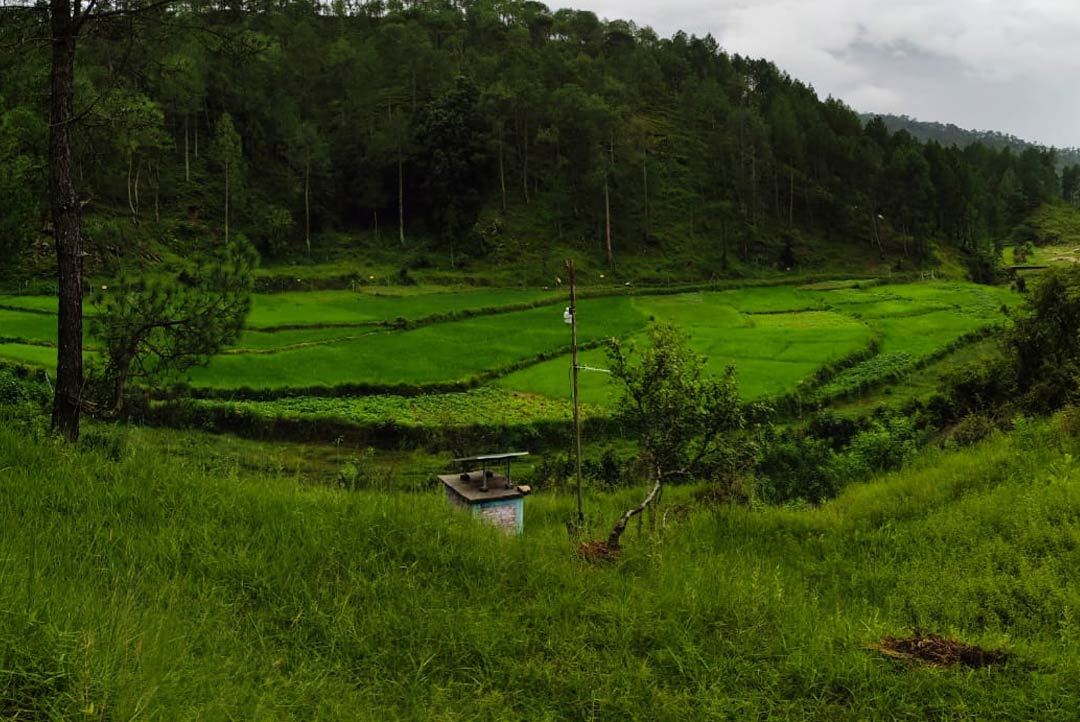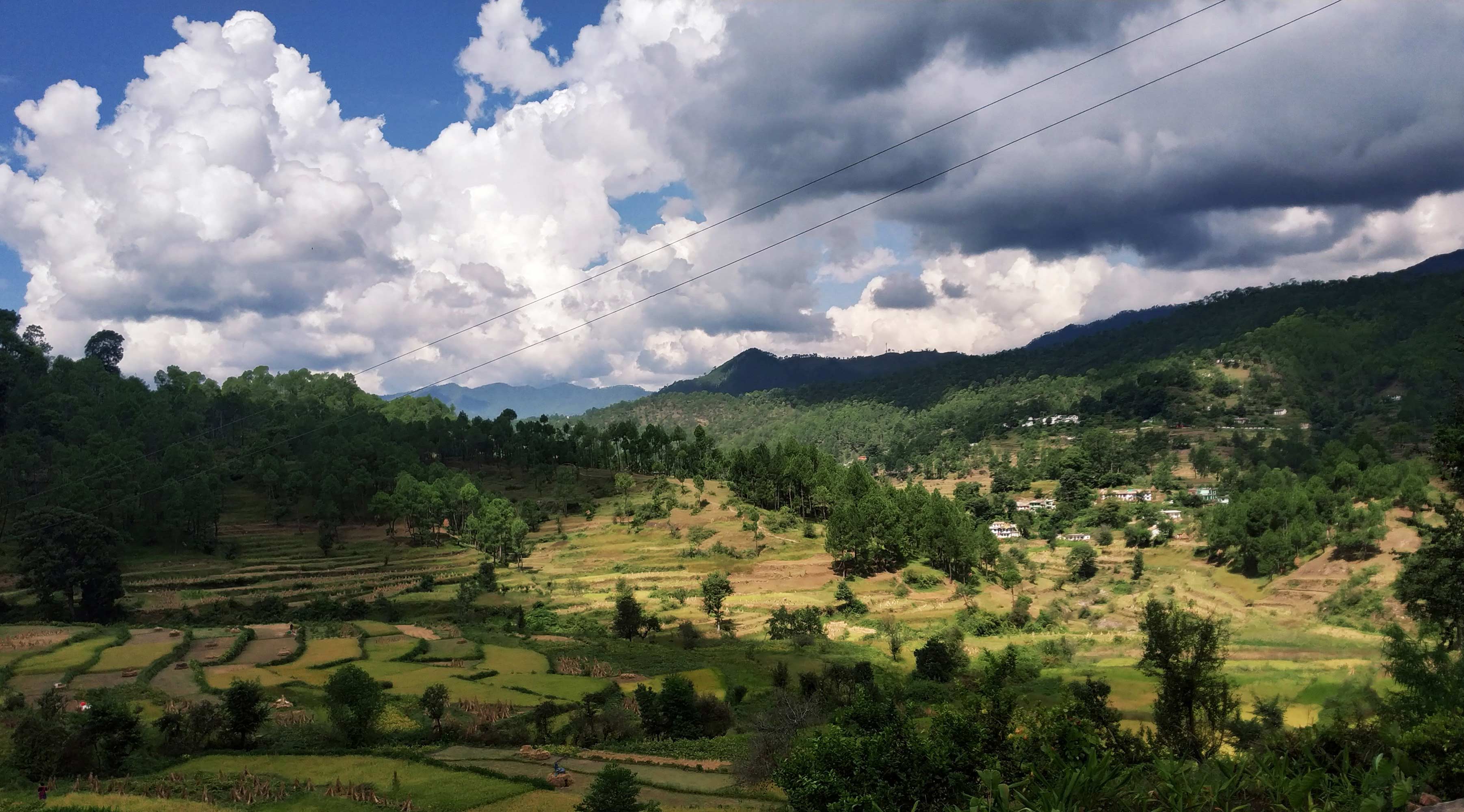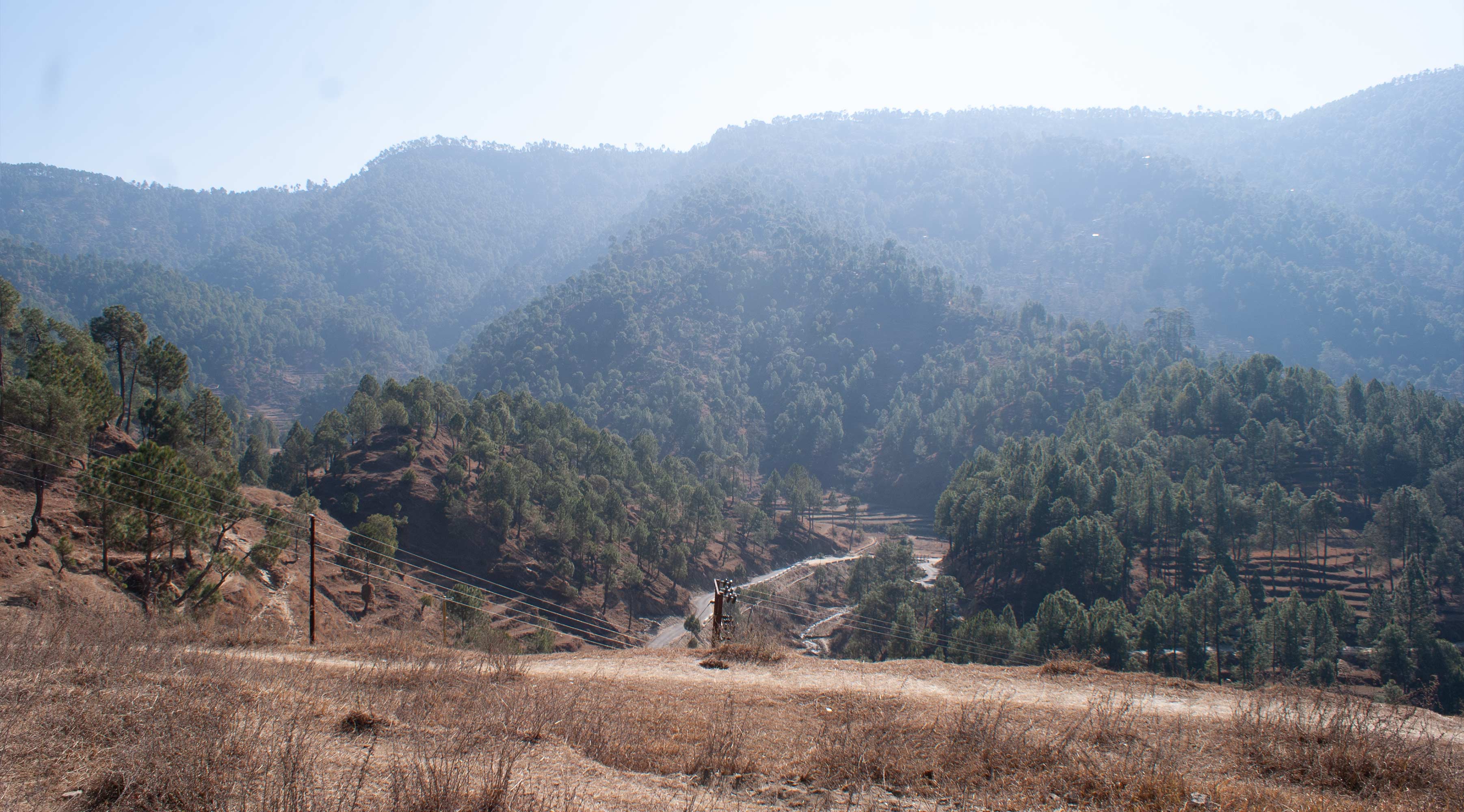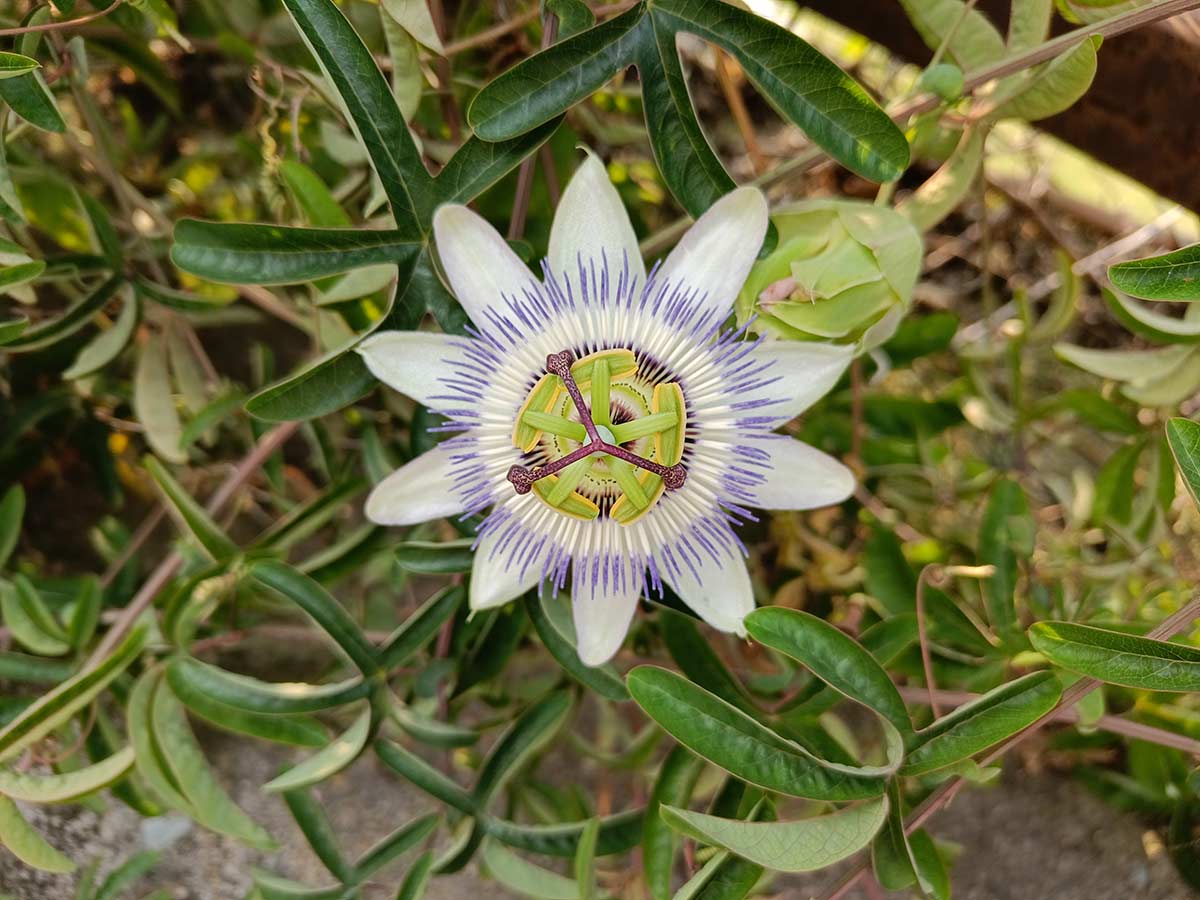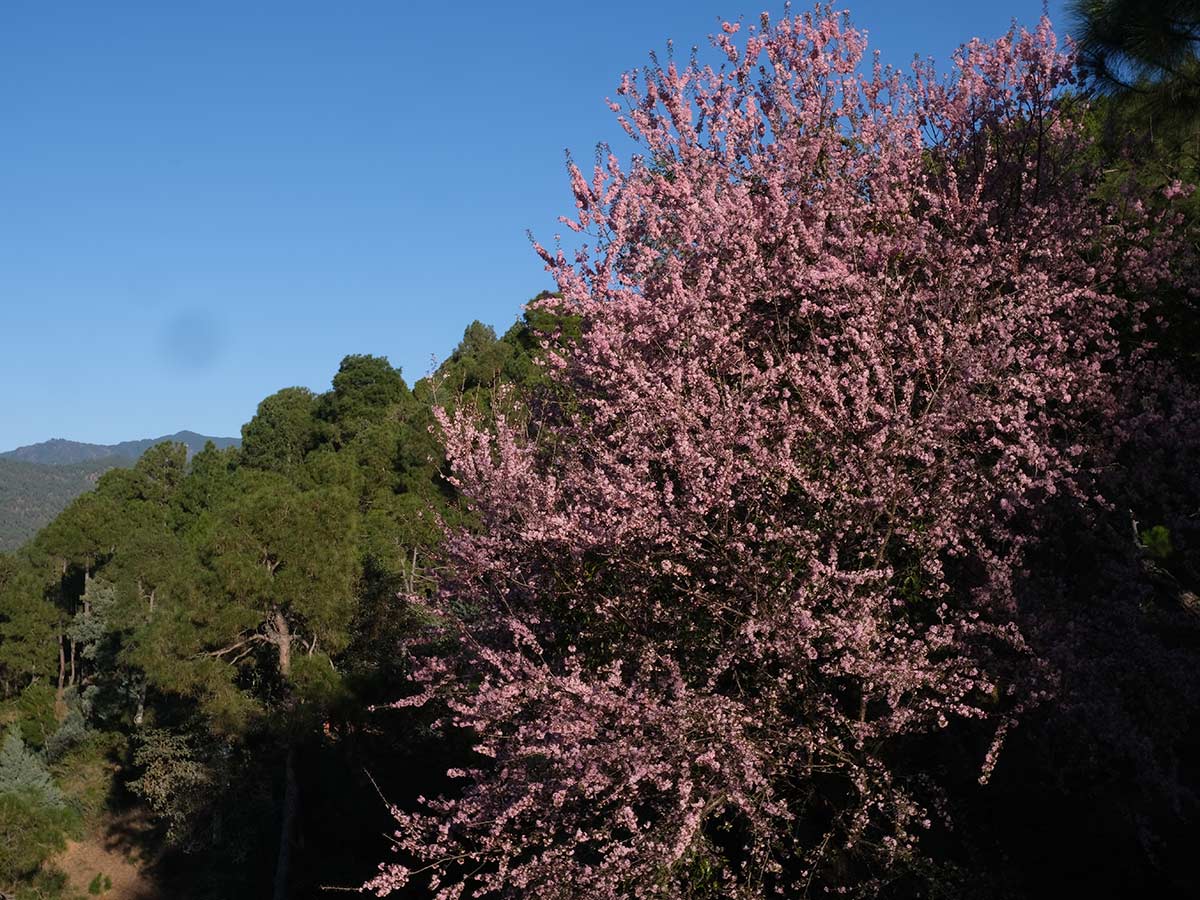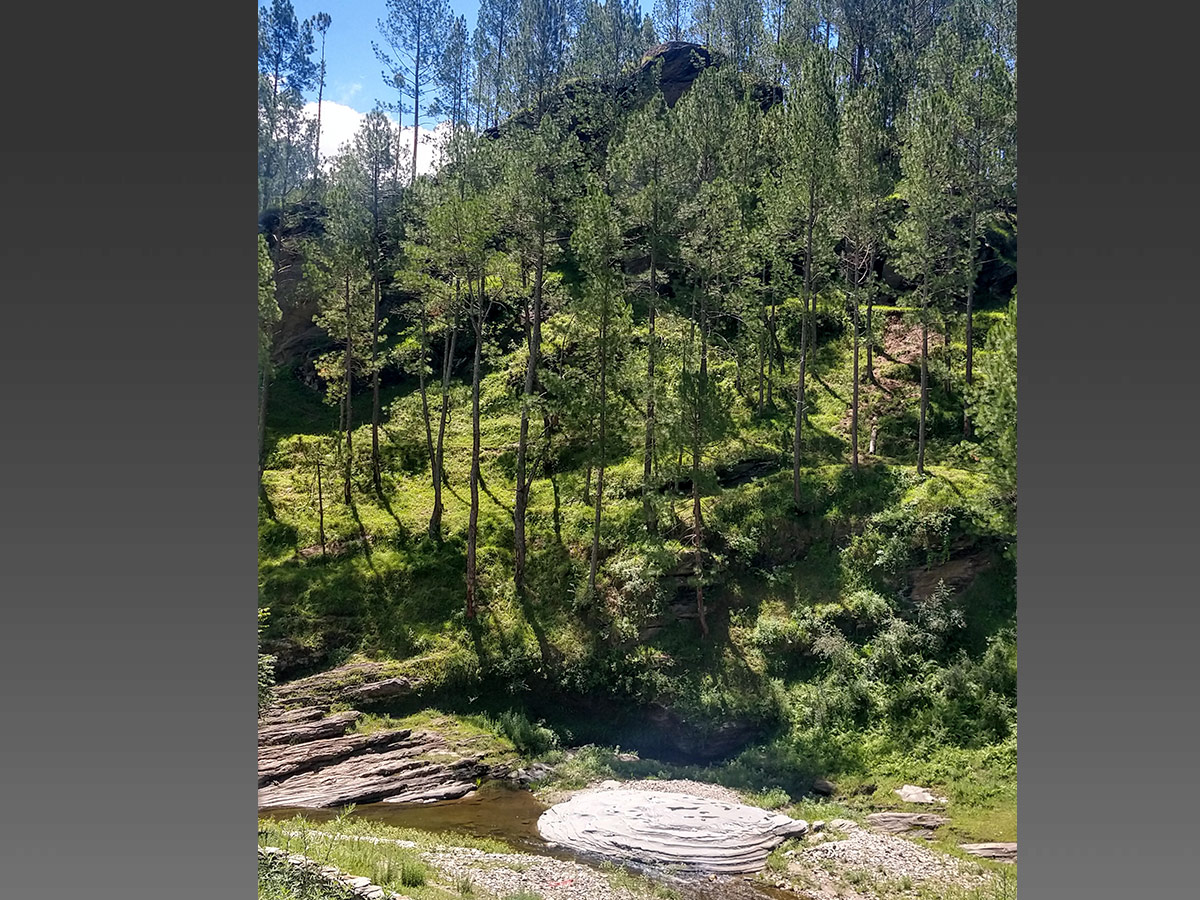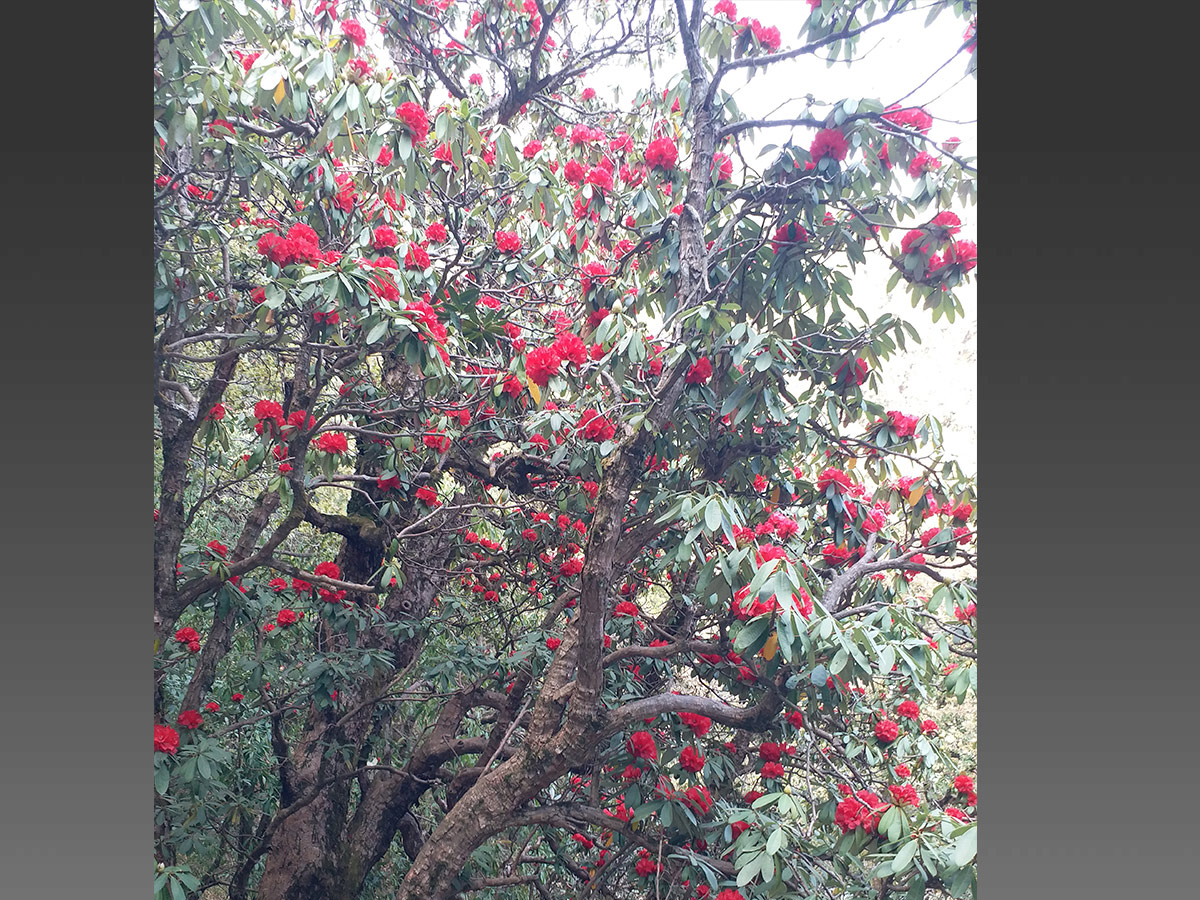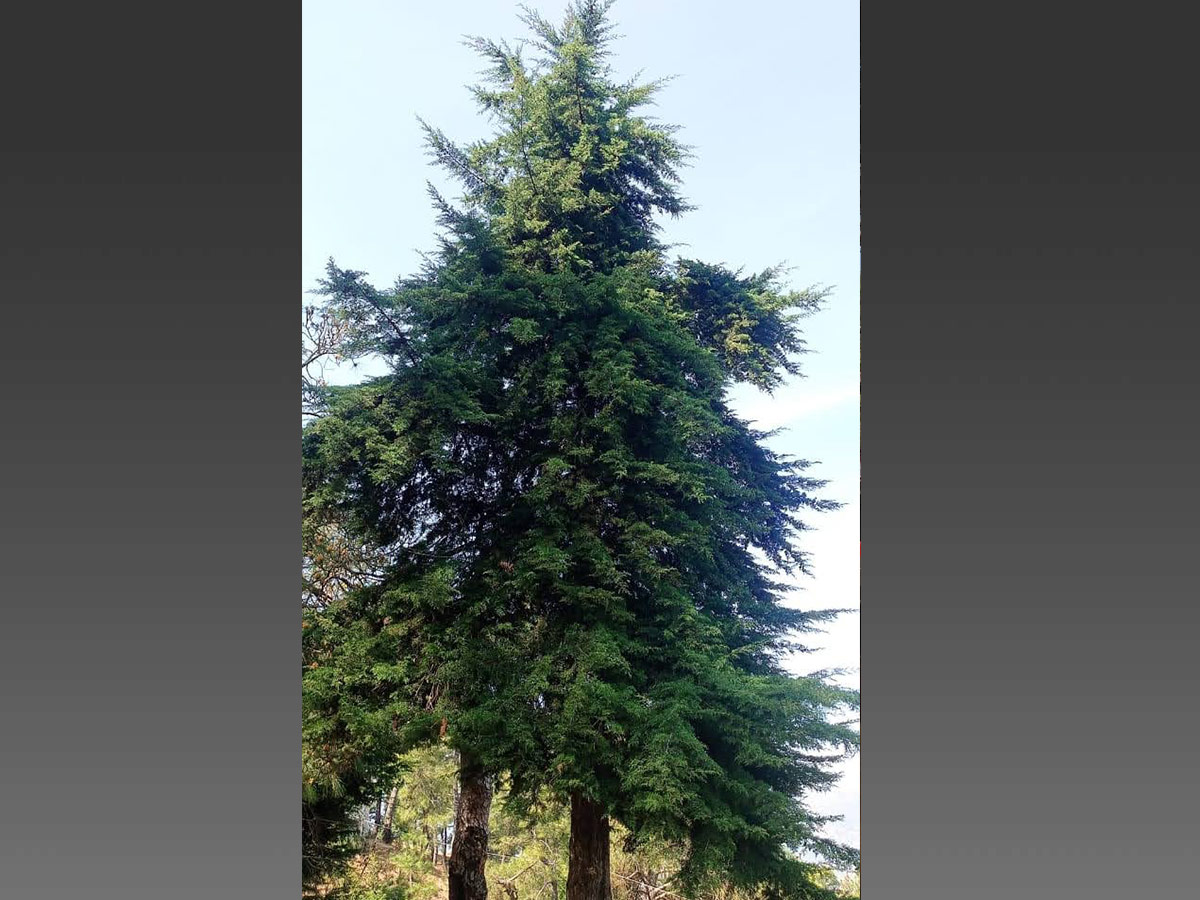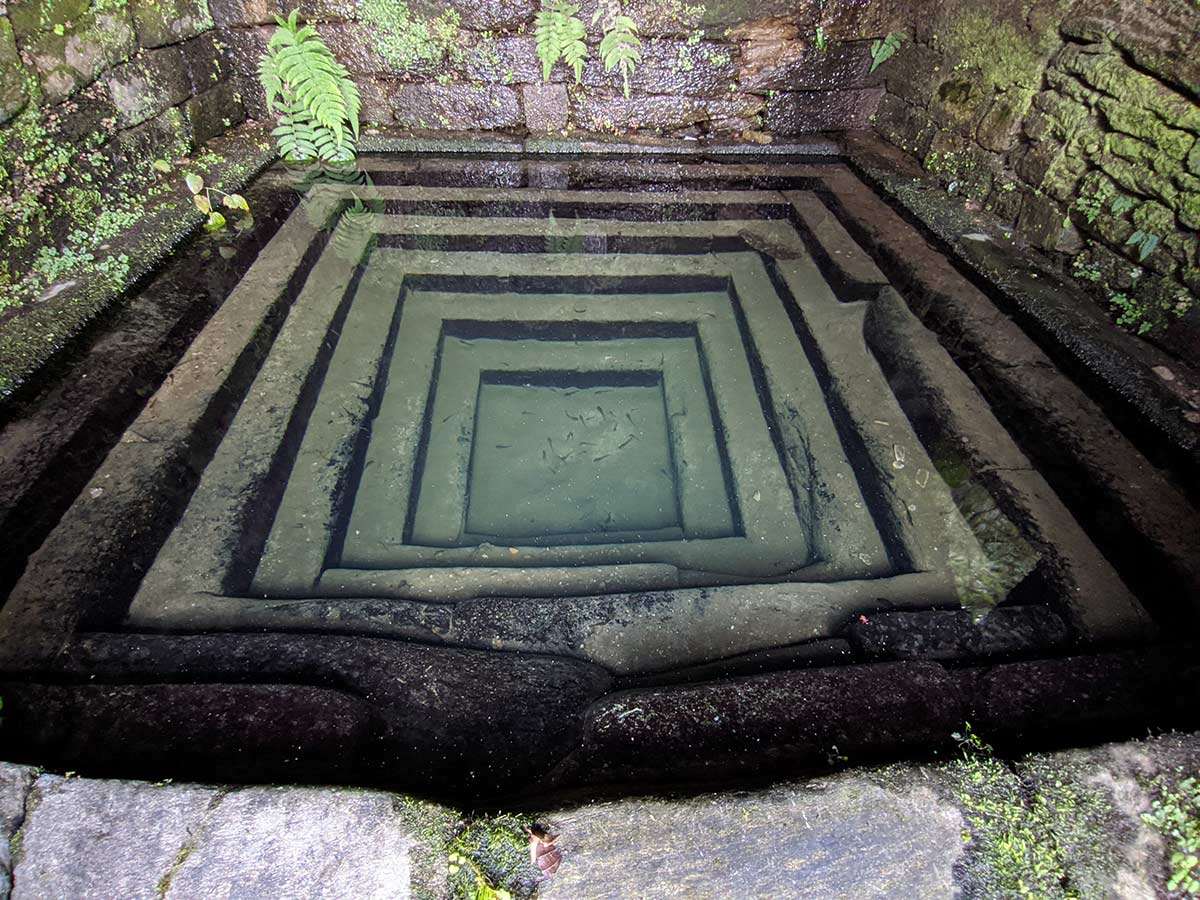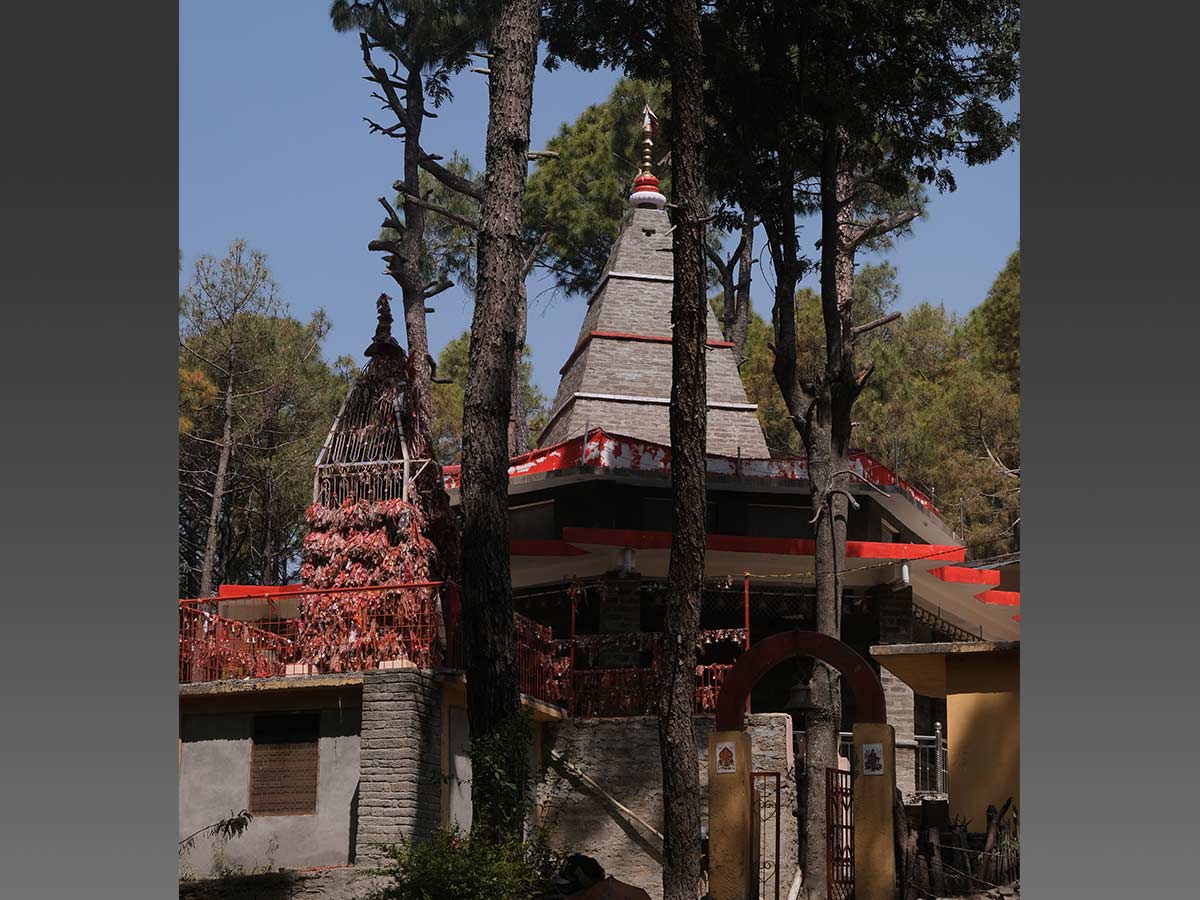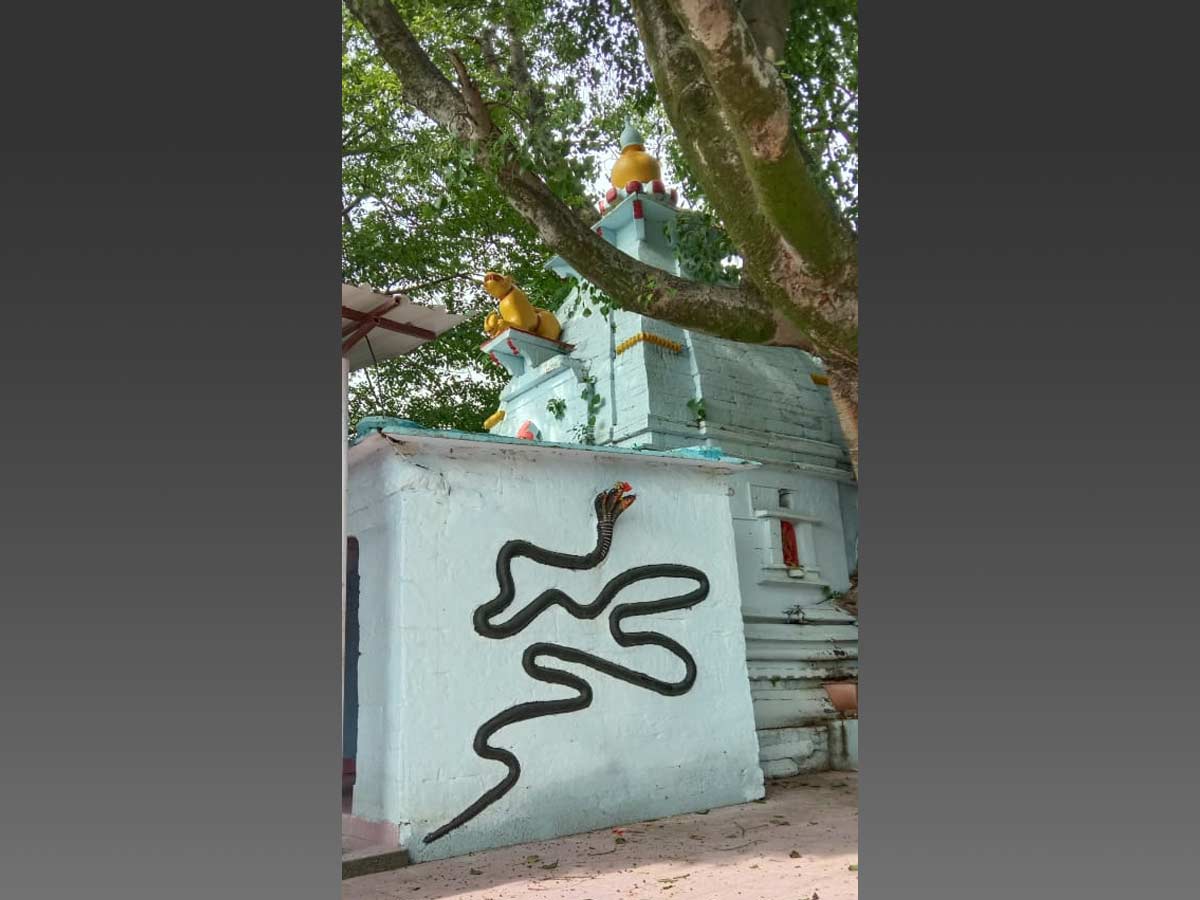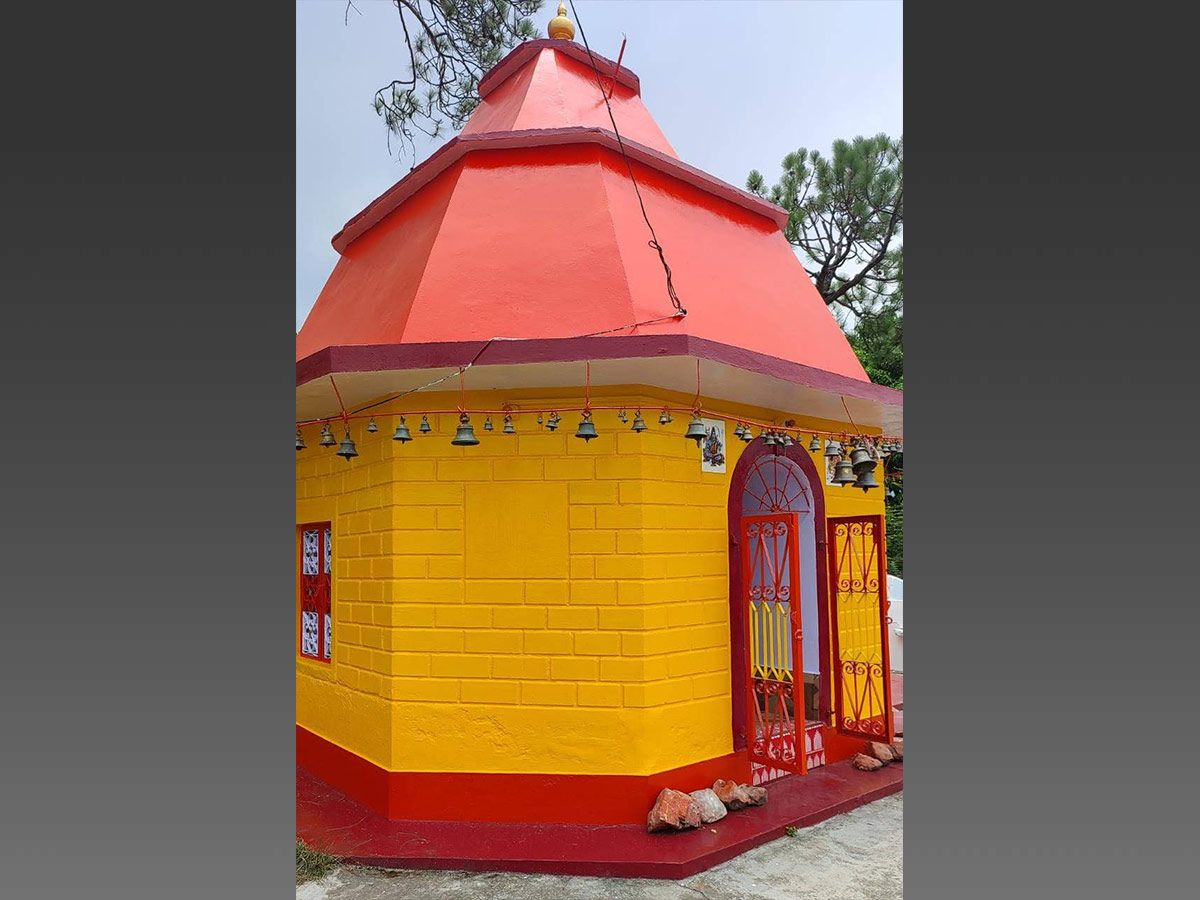Explore Patiya
Here's why Patiya Village is a perfect descination for your next Geo-Tourism.
Location
The Geo-tourism sites lie in the Almora district of Uttarakhand and is located in the range of 15-20 kms from Almora city. The area, on an average, reflects a rough undulating terrain which is dissected by several small and large perennial and non-perennial streams. High mountain ridges and deep river valleys are the common features of the orography of the area. The altitudinal range of the relief varies from about 600 mtrs to 3000 mts. The area under study is about 520 meter above sea level and this valley lies between Binsar and Kasar devi ranges.
Climate and Landscape
The climate of Almora is characterized by relatively high temperatures and evenly distributed precipitation throughout the year. The main seasons are summer from March to June, the monsoon season from July to October and winter from November to February.
In summer, Almora is largely under the influence of moist, maritime airflow from the western side of the subtropical anticyclonic cells over low-latitude ocean waters. The coldest month is usually quite mild, although frosts are not uncommon, and winter precipitation is derived primarily from frontal cyclones along the polar front.
The average temperature for the year in Almora is 23.5 °C or 74.3 °F. The warmest month, on average, is June with an average temperature of 31.1 °C or 88.0 °F. The coolest month on average is January, with an average temperature of 13.3 °C or 55.9 °F.
Flora & Fauna
The region is immensely rich with 4000 species of plants. The flora of this region may be classified into tropical, Himalayan sub-tropical and sub alpine and alpine vegetation. The alpine and sub alpine zones are considered as the most natural abode of the largest number of medicinal plants.
Sub-tropical forest (between the altitude of 300 m and 1500 m) comprises of community: Sal, Chir/Pine, Vijaysar, Ramal, Faliyal Oak, Chair Pine and Bony Oak. Sub-temperate forest (1800 m to 2800 m altitude) comprises the plant communities of Deodar, Utis, Horse Chestnut, Kal, Banj Oak, Rianj Oak, Trilonj Oak.
The sub-alpine zones of Almora and outskirts are a natural sanctuary for leopard, Langur, Himalayan black bear, kakar, goral etc. The entire zone is rich in a remarkable variety of birds possessing plumage of magnificent design and colours like peacock, which include grey quail, Kala Titar, Whistling thrush, Chakor, monal pheasant cheer pheasant, koklas pheasant etc.
Attractions
(Geo-excursion, Geo-tourism, Village tourism, religious tourism, pre-historic & historical Archaeological findings)The presence of rock exposures revealing several stages of geological history makes it an excellent geo-excursion site. This area assumes significance in the light of scarcity of such sites for field study by students and researchers. In addition, the marked geo-sites are extremely useful for basic learning and conceptualization of the Lesser Himalayas falling in the Kumaon region of Uttarakhand state of India.
In addition to excursion sites, the area contains several spots of geological significance such as pre-historic rock shelters, centuries old temples built using several types of rocks and ancient mountain water reservoirs. The area is abounded with temples showcasing rich cultural heritage of the region. Some of these like the Kasar Devi temple, along with Machu Pichu in Peru and Stonehenge in England has been scientifically proven to have a high electromagnetic field (known as Van Allen belt) with immense positive energy under the influence of cosmic rays and solar wind. This is considered as an ideal place for meditation and was chosen as one by great Indian thinkers like Vivekanand. The existence of large number of ancient temples makes this site ideal for spiritual tourism. The mountain villages have their own charm besides providing pure air to the tourists staying in the village home stays. The tourist would get a real taste of village life, a welcome change from the hustle and bustle of urban tourist centers.

